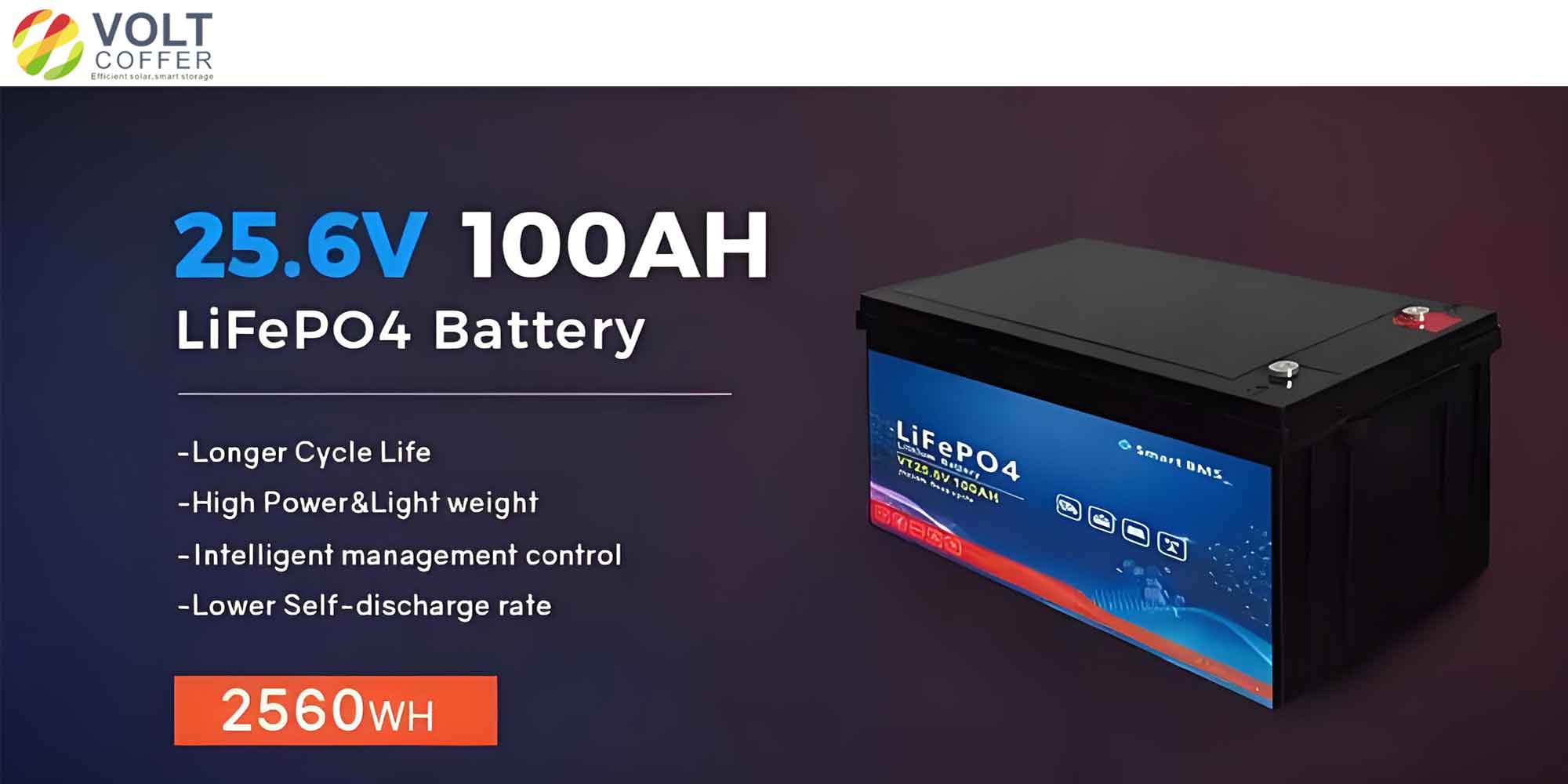The integration of LiFePO4 battery into solar energy storage system has become a cornerstone in the movement towards sustainable energy solutions. These batteries are favored for their safety, efficiency, and long cycle life, making them an ideal choice for renewable energy storage. This article explores the environmental impact and sustainability of LiFePO4 battery in solar energy storage system, examining their lifecycle, ecological benefits, and potential challenges.

Environmental Impact of LiFePO4 Battery Lifecycle
Raw Material Extraction
LiFePO4 battery is composed of materials such as lithium, iron, and phosphate, which are abundant and non-toxic. The extraction of these materials has a lower environmental impact compared to materials used in other batteries, such as cobalt and nickel.
- Lithium: Sourced from lithium-rich brines and spodumene ore, lithium extraction is less environmentally damaging compared to cobalt and nickel mining.
- Iron: Iron is one of the most abundant elements on Earth and its extraction has a relatively low environmental impact.
- Phosphate: Extracted from phosphate rock, this material is abundant and widely available.
| Material | Environmental Impact | Abundance |
|---|---|---|
| Lithium | Moderate | High |
| Iron | Low | Very High |
| Phosphate | Low | High |
Manufacturing Process
The manufacturing process of LiFePO4 battery involves material synthesis, electrode fabrication, and cell assembly. These processes are energy-intensive but can be optimized to reduce their environmental footprint. Advances in green manufacturing technologies and renewable energy use in production facilities contribute to lower emissions.
Usage Phase
During their usage phase, LiFePO4 battery in solar energy storage system provide significant environmental benefits by enabling the use of renewable energy and reducing reliance on fossil fuels. Their high efficiency and long cycle life further enhance their sustainability profile.
- Energy Efficiency: LiFePO4 battery has high charge and discharge efficiency (typically around 95%), which means more of the stored solar energy can be used effectively.
- Long Cycle Life: These battery can endure thousands of charge-discharge cycles with minimal capacity loss, reducing the need for frequent replacements and associated environmental impacts.
End-of-Life and Recycling
The end-of-life phase of LiFePO4 battery presents both challenges and opportunities. Proper recycling and disposal methods are crucial for minimizing environmental impact and recovering valuable materials.
- Recycling: LiFePO4 battery is more environmentally friendly to recycle compared to other lithium-ion battery. The non-toxic nature of iron and phosphate simplifies the recycling process and reduces environmental hazards.
- Disposal: While LiFePO4 battery is less hazardous than other types, improper disposal can still lead to environmental contamination. Developing efficient recycling infrastructure is essential for sustainability.
Ecological Benefits of LiFePO4 Battery in Solar Energy Storage System
Reduction in Greenhouse Gas Emissions
By integrating LiFePO4 battery into solar energy storage system, significant reductions in greenhouse gas emissions can be achieved. These batteries facilitate the storage and use of renewable solar energy, reducing the need for fossil fuel-based power generation.
- Solar Energy Utilization: Storing excess solar energy during the day for use during the night or cloudy periods ensures a continuous supply of renewable energy, decreasing reliance on coal, oil, and natural gas.
- Grid Stability: LiFePO4 battery helps stabilize the grid by providing backup power and peak shaving capabilities, further reducing the need for fossil fuel power plants.
| Environmental Benefit | Impact |
|---|---|
| Reduced Carbon Footprint | Significant |
| Lower Air Pollution | Moderate |
| Enhanced Grid Stability | High |
Resource Efficiency
The long cycle life and durability of LiFePO4 battery make them a resource-efficient option for solar energy storage system. Their ability to withstand thousands of cycles without significant degradation means fewer batteries are needed over time, conserving raw materials and reducing waste.
- Longevity: LiFePO4 battery typically last 2,000 to 5,000 cycles, compared to 500 to 1,000 cycles for lead-acid battery.
- Durability: Their robust performance in various environmental conditions (temperature ranges from -20°C to 60°C) enhances their reliability and reduces the need for frequent replacements.
Potential Challenges and Mitigation Strategies
Resource Availability
While LiFePO4 battery use more abundant materials compared to other lithium-ion battery, ensuring a stable supply of lithium, iron, and phosphate is essential for their widespread adoption. Sustainable mining practices and the development of alternative material sources can mitigate these challenges.
- Sustainable Mining: Implementing environmentally responsible mining practices and reducing water and energy consumption can minimize the environmental impact of raw material extraction.
- Alternative Materials: Research into alternative materials and battery chemistries can diversify the supply chain and reduce dependency on traditional resources.
Recycling Infrastructure
The current recycling infrastructure for LiFePO4 battery is still developing. Establishing efficient and scalable recycling processes is crucial for maximizing resource recovery and minimizing environmental impact.
- Investment in Recycling Technology: Advancing recycling technologies to efficiently recover lithium, iron, and phosphate can improve the sustainability of LiFePO4 battery.
- Policy and Regulation: Implementing policies and regulations that promote battery recycling and provide incentives for recycling initiatives can enhance the recycling infrastructure.
Future Prospects and Innovations
The future prospects for LiFePO4 battery in solar energy storage system is promising, with ongoing research and development aimed at further enhancing their environmental sustainability and performance.
- Energy Density Improvements: Innovations in material science and electrode design can increase the energy density of LiFePO4 battery, making them even more competitive with other battery technologies.
- Green Manufacturing: Utilizing renewable energy sources and implementing green manufacturing practices in the production of LiFePO4 battery can reduce their overall carbon footprint.
- Advanced Recycling: Developing closed-loop recycling system that recover and reuse all components of LiFePO4 battery can achieve near-zero waste and maximize resource efficiency.
Conclusion
The environmental impact and sustainability of LiFePO4 battery in solar energy storage system is significant. These batteries offer numerous ecological benefits, including reduced greenhouse gas emissions, enhanced resource efficiency, and a lower environmental footprint compared to other battery technologies. By addressing challenges related to resource availability and recycling infrastructure, and by leveraging ongoing innovations, LiFePO4 battery can play a crucial role in advancing sustainable energy solutions.
